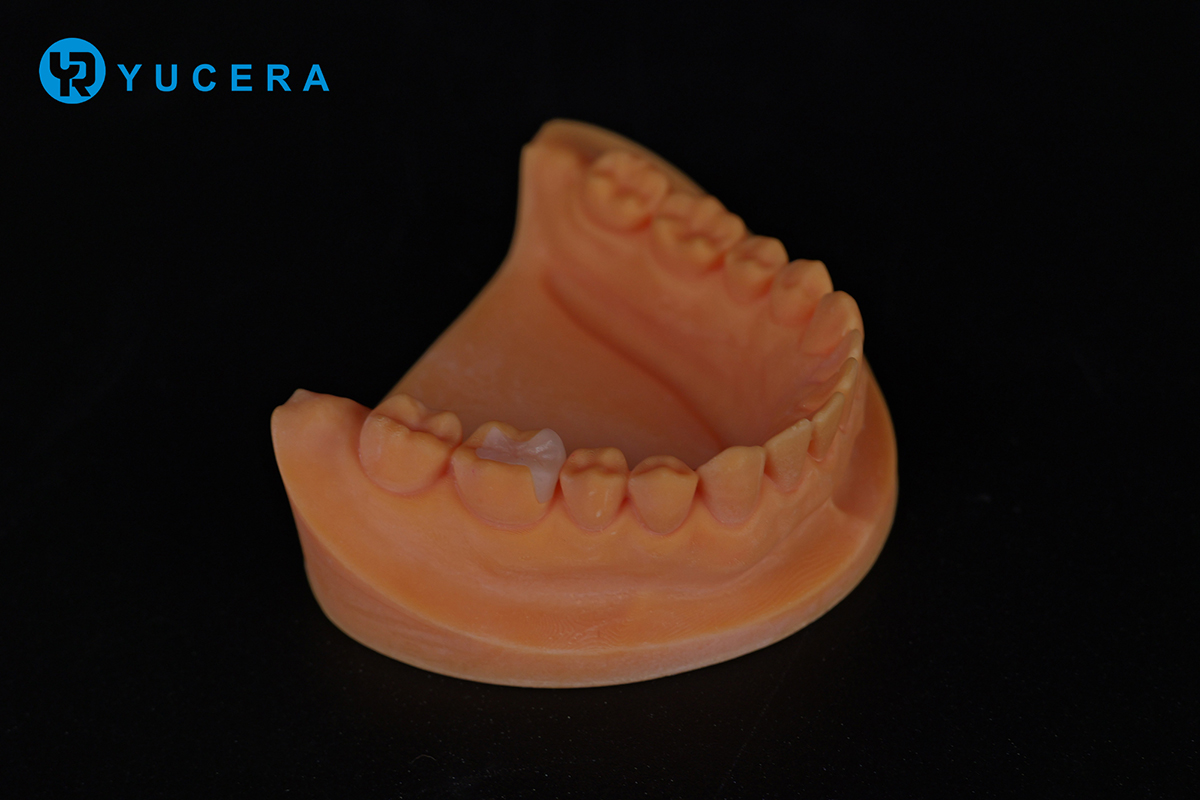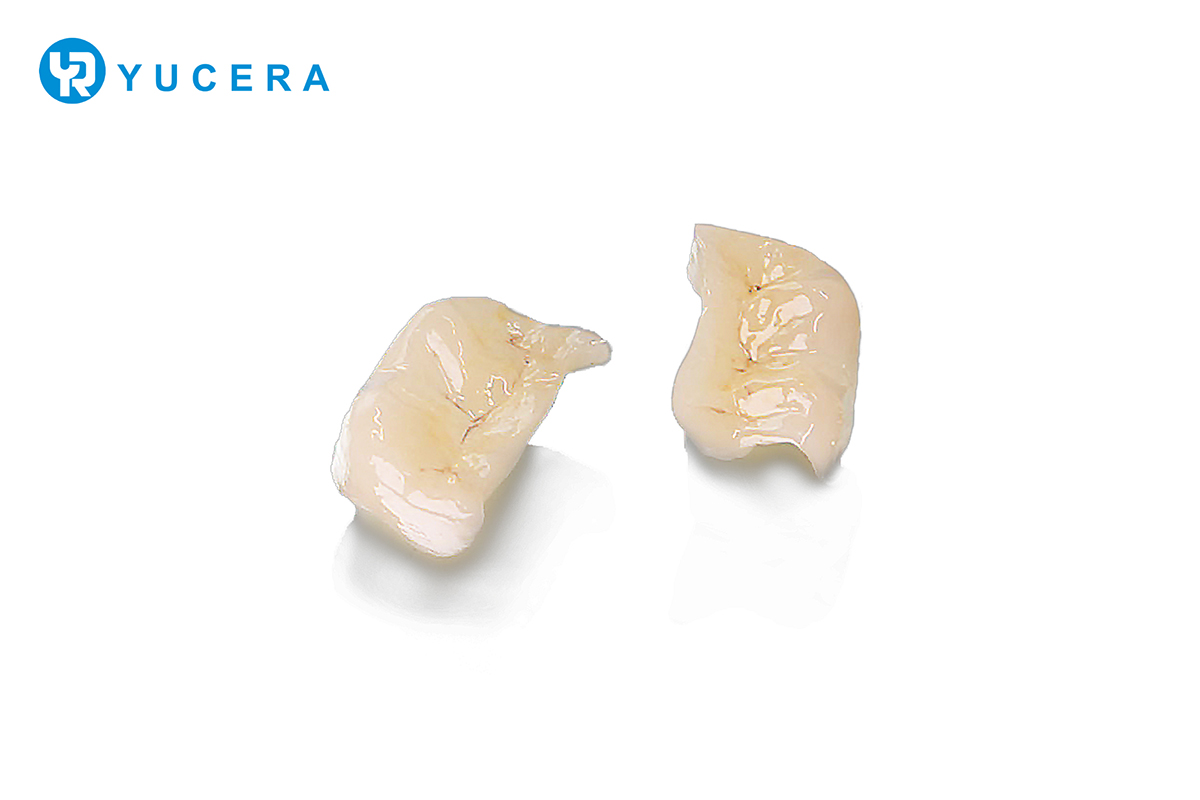Best CAD CAM Milling Machines for High Precision Dentistry
2024-07-04
2024-12-26
There are many people who ask what to do when they have a large missing tooth and the filling often falls out. The traditional method of filling is to grind off the decayed part, then fill the material and finally polish it. Like a large area of caries and special parts of the caries, the filling may not be durable, for the filling is not secure, and want to keep their teeth replaced, you can choose inlays.
What is an inlay?
An inlay is a restoration that is embedded in the cavity of a tooth to restore the form and function of a missing tooth. ‘Inlays are custom-made restorations that are bonded to the missing tooth with an adhesive. Because inlays fit the tooth well in terms of form and hardness, they not only solve the problem of missing teeth that tend to get bigger, but also reduce the pain of frequent fillings.

Advantages of inlays
1.The amount of tooth preparation is less, which can maintain the integrity of tooth shape and reduce pulpal stimulation;2.Dental preparation process, easy to remove the carious part of the tooth, to maintain long-term dental health;
3.The edge is located in the gingival self-cleaning area, can be highly polished, not easy to attach plaque, easy to clean, conducive to the health of periodontal tissues;
4.Protecting the thin-walled weak tips and hidden cracks of teeth, preventing teeth from fracture and longitudinal fracture;
5.Neighbouring surface caries caused by defects, can correctly restore the neighbouring surface contact points of the site, size, tightness, etc.;
6.Of which porcelain inlays and resin inlays have better aesthetic function;7.Another advantage of inlays is that, because its entire production process is completed outside the mouth, so it can also be very good to restore the shape of the original teeth, to restore the chewing efficiency of the original teeth. And this is the traditional fillings in any case can not be compared to.
Types of inlays

1.Ordinary alloy inlays: cheap, poor ductility.
2.Porcelain inlays: high degree of colour fidelity, but the doctor's production requirements are high, improper use of the possibility of fragmentation, lower thermal conductivity than metal inlays, deep caries is not easy to stimulate the pulp tissue.
3.Super porcelain inlays: the colour is more realistic than metal inlays, close to the tooth colour, super hard resin material. Fracture strength and wear resistance is not as good as metal inlays.
4.Gold inlays: the best ductility, long-term use of high density, not easy to secondary caries (again decay), biocompatibility is also better, long-term use of the human body without any side effects.
Under what circumstances do you need inlay restoration
1.Dental defects caused by dental caries in any part of the dentition.
2.Dental defect is large, general filling material is difficult to obtain good retention.
3.The dentition defects of posterior teeth with excessive dentition force.
4.Posterior cusp and marginal ridge defects.
5.Restoration of posterior tooth contact points.
6.Restore crown height and shape with high inlay.
7.Protective restoration of the supporting part of removable partial denture.
8.Dental defects to subgingival, general filling materials are difficult to obtain a good margin.